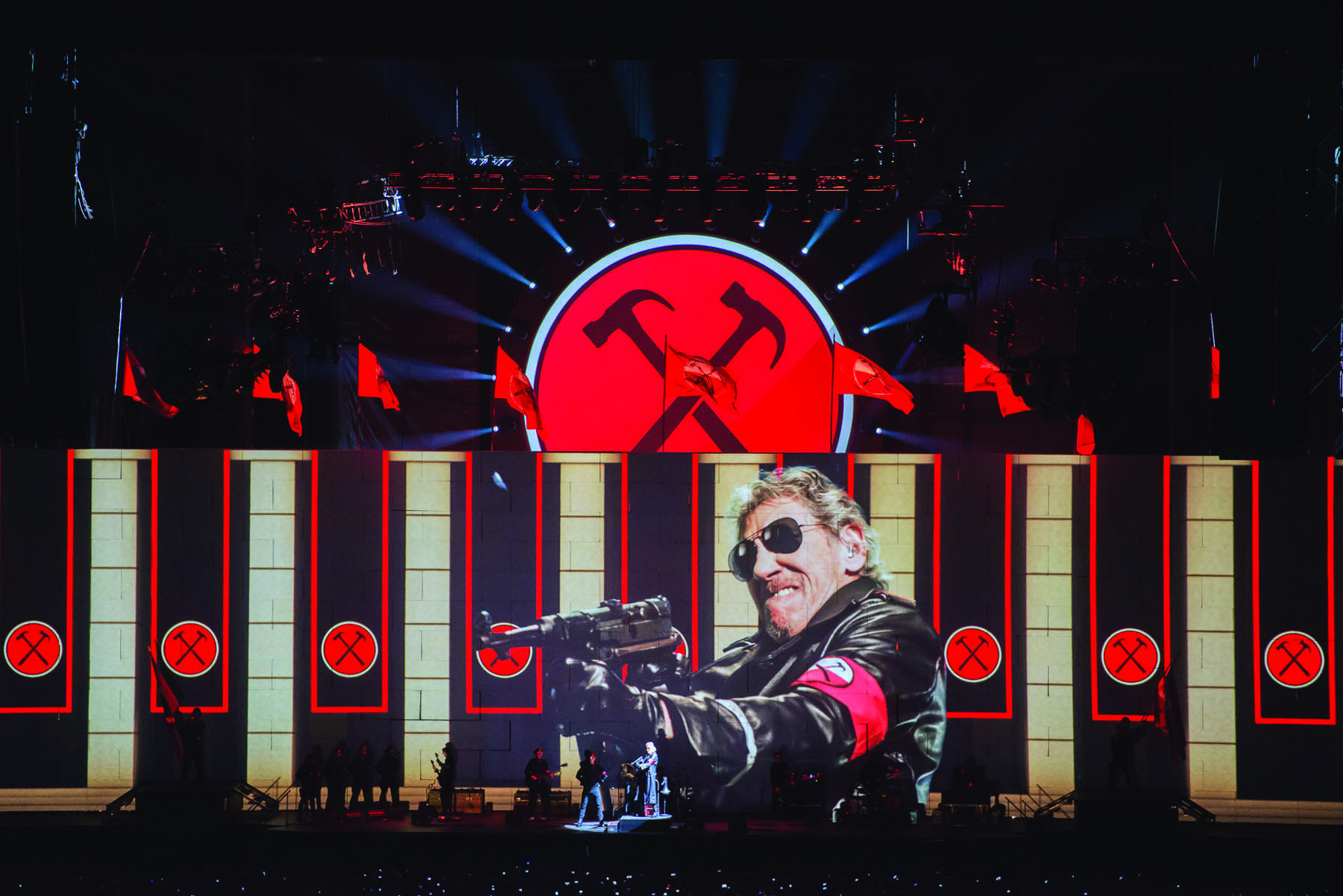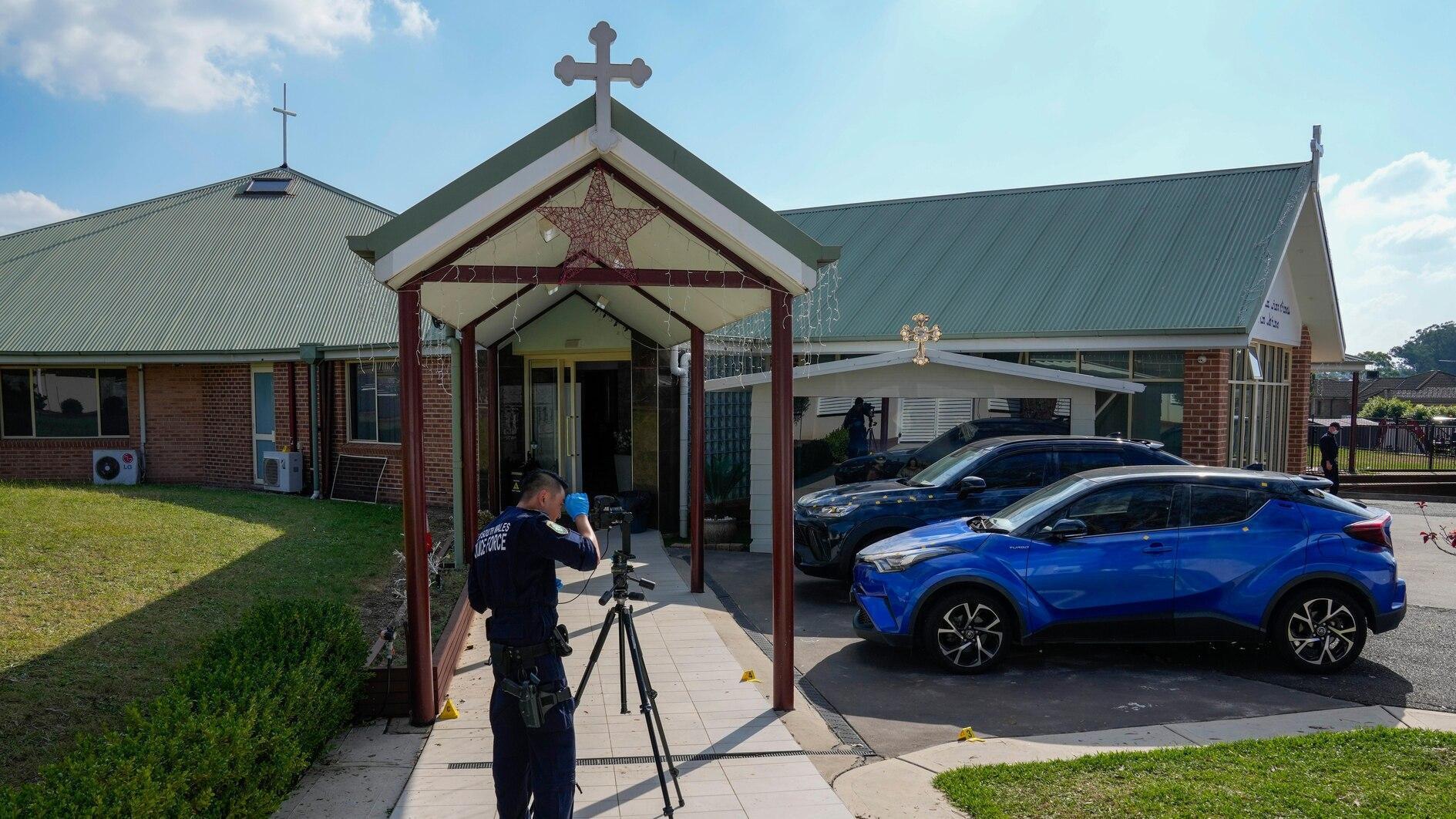Bringing solitude back to Pink Floyd’s ‘The Wall’
NEW YORK – Agence France-Presse
 “The Wall” was a classic reflection on human isolation, but Roger Waters transformed the Pink Floyd album into an elaborate, crowd-packing arena show that was one of the top-grossing in history.
“The Wall” was a classic reflection on human isolation, but Roger Waters transformed the Pink Floyd album into an elaborate, crowd-packing arena show that was one of the top-grossing in history.The former band member has sought to shift back to the solitary in the latest film adaptation of “The Wall,” which is, on one level, a concert film but also a meditation on Waters’ personal odyssey and the individual human cost of war.
Entitled simply “Roger Waters The Wall,” the movie premiered Sept. 28 in New York and was screened worldwide the next day for only one day before its release on DVD.
True to his warning, “Roger Waters The Wall” opens with an intense bang reminiscent of a crash. An image of an airplane slamming into the crowd recurs throughout the film, which features performances from his blockbuster 2010-2013 tour.
But much of the film tracks a silent and sullen Waters as the 72-year-old Englishman journeys by car through Europe to pay respects at markers honoring his father, who died in World War II in Italy when the future rocker was an infant, and his grandfather, who was killed in World War I in France.
Over lush cinematography of France and Italy, Waters describes his life as the legacy of the double tragedy, with two generations of sons not knowing their fathers, and said he used to be haunted by dreams in which he killed his father.
“That child in me took responsibility for everything that happened,” Waters says in the film.

Waters, known for his strong personality and clashes with former Pink Floyd bandmates, is seen in the film crying on his own at a monument to his father in Italy and, at a hotel bar in the French countryside, drinking alone as he unloads his thoughts to a barman who does not understand his English.
Released in 1979, “The Wall” was a defining concept album that followed the character Pink, whose father died during World War II and endures indignities at school, leading to his separation from society.
Waters modeled the character in part on himself but also on Syd Barrett, the former front man of the Cambridge-based band who suffered from debilitating mental illness.
“The Wall” was turned into a disturbing horror film in 1982 but has more recently been embraced as a political metaphor, with Waters an outspoken criticizer of Israel’s constructed separation barrier in the occupied West Bank.
Waters weaved his denunciations of militarization during the 2010-2013 tour for “The Wall,” to which he invited veterans.
In concert footage featured in the film, Waters puts up a photo of Jean Charles de Menezes, a 27-year-old Brazilian electrician shot dead outside a London Underground station after being mistaken for a suicide bomber in the wake of the 2005 London attacks.
“I dedicate this concert to him and to all the other victims of state terror in the world,” Waters said in French at a Paris concert.
“Roger Waters The Wall” brings to screen some of the more provocative gestures of his tour, including when he fires a machine gun as he and his band dress in fascist uniforms. Waters also paid tribute in the film to others who died young including Neda Agha-Sultan, a bystander shot dead during 2009 protests in Iran over alleged election fraud, and Rachel Corrie, the U.S. activist killed by an Israeli military bulldozer as she tried to stop the demolition of a Palestinian home.
The film was also shot partially in concerts in Athens and Buenos Aires during the same tour, where Waters dramatically tears down the wall through special effects.
The tour is estimated by Billboard to have generated more than $450 million, making it the third highest grossing in history.

















